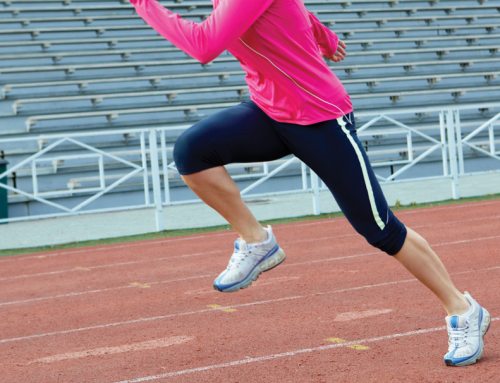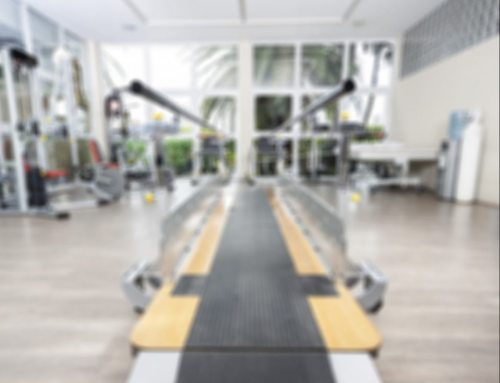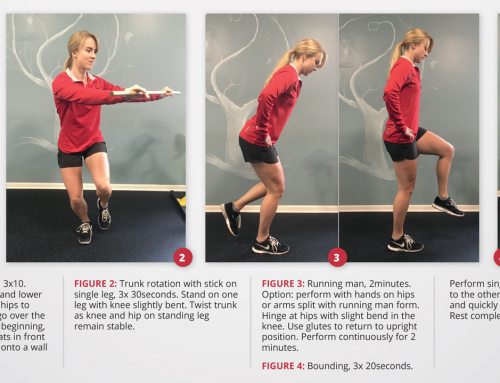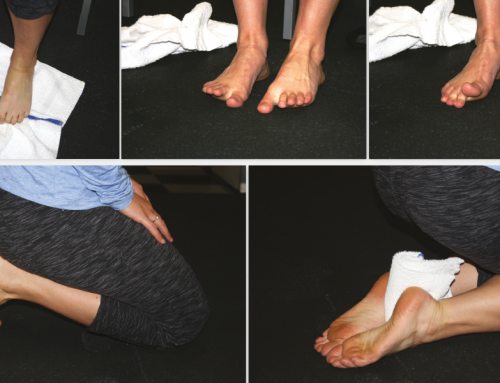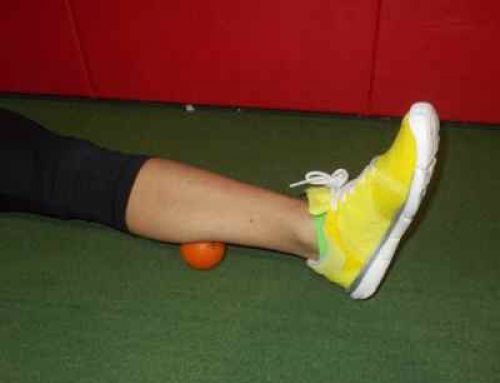Training the Upper Body to Improve Performance
By Brian Schiff, PT, CSCS
Whether you run, cycle, swim or do all three, upper body strength plays an important role in achieving your peak performance. Women have less natural upper body strength compared to their male counterparts, so this is generally an area of concern with respect to training programs.
Why is upper body strength so important? A few key reasons for including it include:
- Improving breathing capacity throughout the event
- Facilitating better muscular endurance to resist gravity and fatigue that tend to pull the upper body into a hunched over or forward posture
- Promoting optimal running mechanics
- Maximizing arm drive and running economy
Now, many women may choose to avoid strength training for fear of bulking up and reducing their speed. This is a common misconception or myth that has no factual basis or science to support it. Given the right training, women can gain strength without lifting heavy weights per se.
The fundamental principles of training the upper body include improving global strength and core stability coupled with an emphasis on the back musculature. Targeting the postural (erector) muscles will help improve alignment and allow competitors to resist fatigue. Swimmers will also want to address the chest and back as the pectorals and latissimus dorsi are the primary sources of upper body power generation in the water.
A few examples of effective upper body exercises to include plank push-ups, all 4’s row, bent over rear deltoid raises, and stability ball reverse divers. Incorporating these exercises two to three days per week will certainly improve strength, stability, power and endurance. Keep in mind the goal is to work until fatigue sets in. You may accomplish this by holding the up/down positions longer or adding more weight, but always maintain strict form throughout and breathe during the movements for best results.

Plank push-ups – begin in a standard plank position and then push yourself up into the top position of a traditional push-up. Slowly lower back down. Repeat 2-3 sets to fatigue. If necessary, begin on the knees and work up to the toes.
 Stability ball reverse divers – begin lying face down over the ball as if diving into a pool. Next lift up bending the elbows and pulling the elbows toward your back pockets. Pause at the top (do not hyperextend the lumbar spine) and then lower back to the start position. Perform 2-3 sets of 10-15 repetitions. You may opt to do no weight for this exercise and brace your feet against the wall for support.
Stability ball reverse divers – begin lying face down over the ball as if diving into a pool. Next lift up bending the elbows and pulling the elbows toward your back pockets. Pause at the top (do not hyperextend the lumbar spine) and then lower back to the start position. Perform 2-3 sets of 10-15 repetitions. You may opt to do no weight for this exercise and brace your feet against the wall for support.

Bent over rear deltoid raises – keeping the back flat, bend forward at the waist and then pull the arms back squeezing the shoulder blades together. BE sure to avoid shrugging the shoulders upward. Pause at the top and then lower back down. Perform 2-3 sets of 10-15 repetitions.
# # #
Brian Schiff, PT, CSCS, is a sports physical therapist and supervisor at The Athletic Performance Center in Raleigh. For more information on their services, visit the APC online at www.apcraleigh.com or www.apccary.com.


